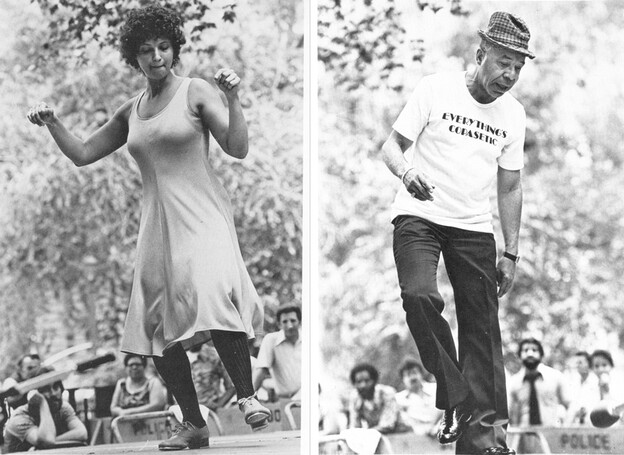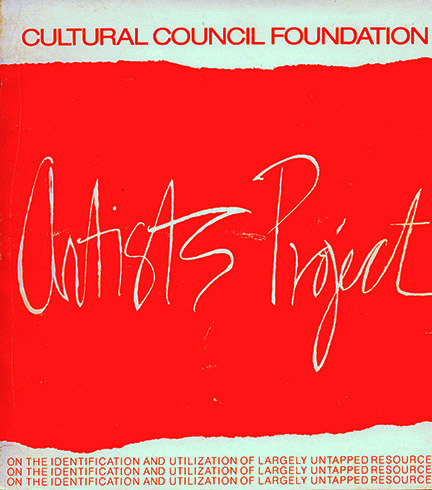
CETA artists projects v. the 'New York Times'

CETA (the Comprehensive Employment Training Act), from the 1970s, provided more jobs for artists than any government program since the WPA in the 1930s. Efforts are now underway to commemorate the program. CityLore has received an NEH grant and there is a superb new website that chronicles the programs.
 In New York, we had the Cultural Council Foundation Artists Project, headed by Rochelle Slovin, working with Ted Berger and Sarah Garretson. The Artists Project did not fund artists doing their own work but rather put artists to work at community organizations and nonprofits. As a result, the value of the program was not in large-scale public art but rather in the work that the artists and writers did for senior centers, hospitals, prisons, schools, and in free public performances. The Artists Project work also did give the participants job skills and career counseling so that they could “transition” to non-CETA jobs. That was my job, as Director of Job Development. It worked! In these ways, CETA was a very different kind of program than the WPA. Any future federal jobs program for artists would need to look closely at the great success of CETA.
In New York, we had the Cultural Council Foundation Artists Project, headed by Rochelle Slovin, working with Ted Berger and Sarah Garretson. The Artists Project did not fund artists doing their own work but rather put artists to work at community organizations and nonprofits. As a result, the value of the program was not in large-scale public art but rather in the work that the artists and writers did for senior centers, hospitals, prisons, schools, and in free public performances. The Artists Project work also did give the participants job skills and career counseling so that they could “transition” to non-CETA jobs. That was my job, as Director of Job Development. It worked! In these ways, CETA was a very different kind of program than the WPA. Any future federal jobs program for artists would need to look closely at the great success of CETA.
So it was grossly misleading that the New York Times recently chose to run a main guest editorial on the WPA as a model for future jobs programs for artists making no mention of CETA, even though legislators interested in such programs are, indeed, and of necessity, looking at CETA as a model. The Times editorial reduced the scope of such a future programs from all artists — performers, visual artists, photographers, poets — to the kind of mainstream journalists who are “fit to print” in the Times. For an editorial that advocates the need to provide new accounts of American history and cultural experience, airbrushing CETA out is hilariously revealing. The Times is not supporting jobs programs for artists but rather work-for-hire writing that conforms to the govermental guidelines. The CETA Artists Program avoided just this kind of ideological and genre control.
Nothing could prove the point more than that the Times did not consider “fit to print” a letter of historical correction, which a group of us submitted. For the record, here it is:
To the Editors:
We welcome new job programs for writers and artists (“A New Deal for Writers in America,” July 7, 2021). But as much as we love the Federal Writers’ Project, from the 1930s, the more pertinent programs to consider are the CETA artists projects from the 1970s, the largest federally-funded artist jobs program since the W.P.A.
Ted Berger, former Executive Director, New York Foundation for the Arts
Charles Bernstein, former Associate Director, Cultural Council Foundation Artists Project
Randall Bourscheidt, former Deputy Commissioner, Department of Cultural Affairs, NYC
Bob Holman, former Artists Project writer
Virginia Maksymowicz, former Artists Project sculptor
George Malave, former Artist Project Documentation team member
Larry Racioppo, former Artist Project photographer
Christy Rupp, former Artists Project Public Art team member
Rochelle Slovin, former Director, Artists Project
Blaise Tobia, former Artist Project, Documentation team member
Judd Tully, former Artist Project, Documentation team member
July 8, 2021